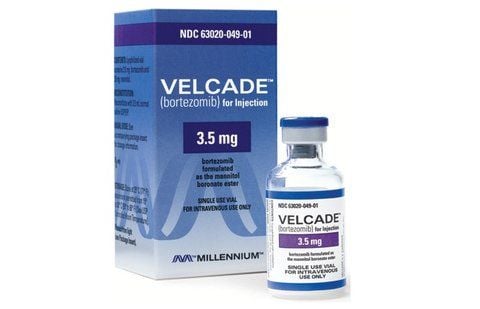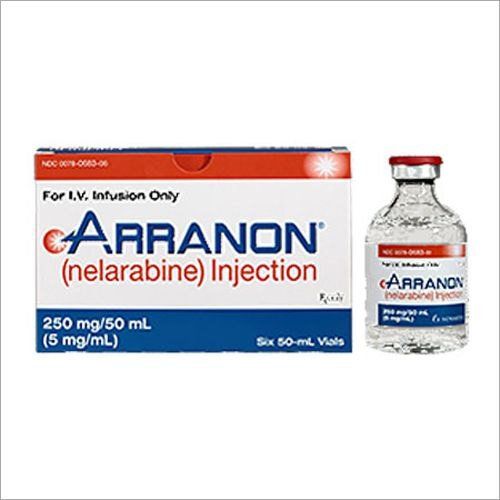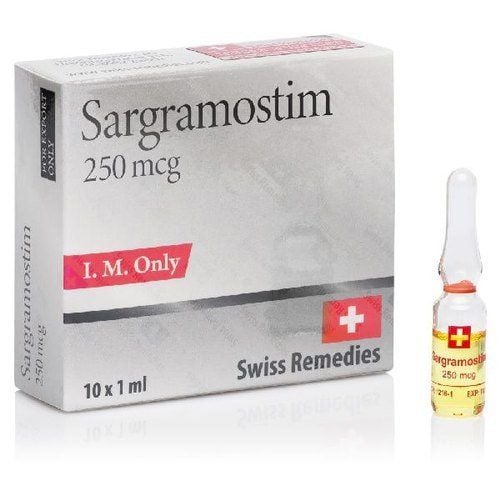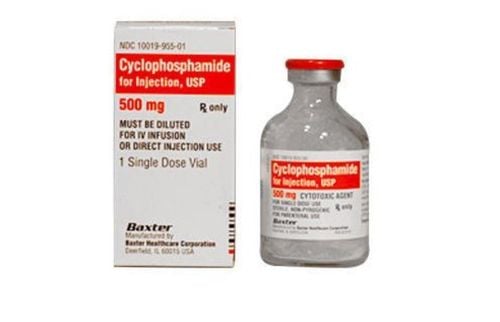This is an automatically translated article.
The article was professionally consulted with Master, Doctor Phan Truc - Internal Oncologist - Vinmec Cancer Center - Vinmec Times City International Hospital.
Persistent high fever, night sweats, unintentional weight loss, and painless lymphadenopathy are suggestive of malignant lymphoma. So what is lymphoma and how is it treated?
1. What is lymphoma?
Malignant lymphoma (lymphoma) is a form of blood cancer with malignant proliferation of local or systemic lymphatic system malignancies, mainly involving lymph nodes and spleen. , liver and bone marrow. There are two main types of lymphoma, Hodgkin's lymphoma and non-Hodgkin's lymphoma. This article deals with Hodgkin lymphoma. Common symptoms of Hodgkin lymphoma include painless lymphadenopathy, persistent high fever, night sweats, unintentional weight loss with pruritus, hepatomegaly, and splenomegaly.
Diagnosis is mainly based on lymph node biopsy and can be cured in about 75% of cases with chemotherapy with or without radiation therapy.
In the US, about 9,000 new cases of lymphoma are diagnosed each year, with a male/female ratio of 1.4/1. This lymphoma rarely occurs before the age of 10, most commonly between the ages of 15 and 40 or the age of 50 to 60.
2. Pathophysiology of Hodgkin lymphoma
Hodgkin's lymphoma results from clonal transformation of B-cell-derived cells and proliferation of Reed-Sternberg dinuclear cells ("owl-eye" cells). The exact cause of Hodgkin lymphoma is still unknown. However, genetic factors and some environmental associations (such as woodworking occupation, history of Phenytoin use, radiation or chemotherapy, Epstein-Barr virus infection, HIV, herpesvirus type 6, bacteria) play a certain role in the pathogenesis. A number of factors slightly increase the risk of Hodgkin lymphoma, including:
Immunocompromised people, such as after organ transplantation, must take immunosuppressive drugs; People with congenital immune disorders, such as Klinefelter, Chediak-Higashi or Wiskott-Aldrich syndromes); People with autoimmune disorders, such as rheumatoid arthritis, ulcerative colitis, Sjögren's syndrome or systemic lupus erythematosus. Most patients with Hodgkin lymphoma have a slowly progressive defect in T-cell-mediated immunity. This contributes to common bacterial, fungal, viral, and parasitic diseases. In addition, humoral immunity was suppressed in the advanced stage of the disease, thereby causing the patient to die from sepsis.
3. Signs and symptoms of Hodgkin lymphoma
Most cases of lymphoma are admitted to the hospital because of lymphadenopathy in the neck, which is painless. Although the mechanism causing this symptom is still unclear, the phenomenon of lymphadenopathy immediately after drinking alcohol is considered a suggestion for early diagnosis of Hodgkin lymphoma.
Some other lymphoma symptoms appear when malignant cells spread into the interretinal endothelial system (usually in close proximity to each other), including:
Severe itching in the early stages; Persistent high fever, profuse night sweats, and unintentional weight loss (more than 10% of body weight for 6 months) due to malignant cell infiltration into mediastinal, retroperitoneal, and hepatic lymph nodes or bone marrow; Enlarged spleen, accompanied by an enlarged liver; Pel-Ebstein fever is characterized by frequent high fever for several days alternating with normal days to weeks; Exhaustion (common in advanced lymphoma stages). Most bone lesions are asymptomatic but can cause vertebral thickening and, more rarely, pain with bone destruction or spinal cord compression. Intracranial, gastric, and cutaneous lesions of Hodgkin lymphoma are relatively rare and are often suggestive of HIV involvement.
When the tumor is localized, it can lead to a number of symptoms, including:
Jaundice secondary to intra or extrahepatic biliary obstruction; Leg edema secondary to lymphatic obstruction in the pelvis or groin; Shortness of breath, wheezing due to bronchial compression; Lung abscess, lobar pneumonia or bronchopneumonia; Invasion of the dura mater causes spinal cord compression and leads to paralysis; Horner's syndrome and laryngeal paralysis due to increased lymph node size causing sympathetic and laryngeal nerve compression; Nerve pain due to nerve root compression.
4. Diagnosis of Hodgkin lymphoma
Lymphoma should be considered if patients have painless lymphadenopathy or mediastinal lymphadenopathy on routine chest radiographs. Some diseases that cause lymphadenopathy similar to Hodgkin lymphoma are infectious mononucleosis, toxoplasmosis or CMV infection, or leukemia (leukemia). Also, chest radiographs similar to lymphomas can be seen in patients with lung cancer, sarcoidosis, or tuberculosis.
After X-ray, the patient will be indicated for lymph node biopsy if Hodgkin lymphoma is confirmed on chest CT or chest PET scan. If only large mediastinal lymph nodes are present, the doctor may recommend mediastinoscopy or the Chamberlain procedure. In addition, CT-guided lymph node biopsy may be considered, but needle biopsies are often inaccurate and require core biopsy if necessary.
The results of a lymph node biopsy in Hodgkin lymphoma can detect Reed-Sternberg cells (a large, 2-nucleated cell type) in a heterogeneous stromal infiltrate cell population, including histiocytes. , lymphocytes, monocytes, plasma cells, and eosinophils. Certain antigens on Reed-Sternberg cells can help differentiate Hodgkin lymphoma from non-Hodgkin lymphoma or distinguish classical Hodgkin lymphoma from the predominant lymphocyte type.
Some other blood test results may be abnormal but not of diagnostic value, including:
Peripheral blood cell count shows a slight increase in polymorphonuclear leukocyte count, early lymphocytopenia and is more severe with advanced lymphoma, eosinophilia (in 20% of patients), thrombocythemia or microcytic anemia. In some cases, bone marrow invasion caused a decrease in three hematopoietic lines, but rarely; Elevated blood alkaline phosphatase levels; Elevated leukocyte alkaline phosphatase, serum haptoglobin, and other acute phase reactants often reflect active disease.
5. Prognosis of Hodgkin Lymphoma
Patients with Hodgkin lymphoma who live for more than 5 years without disease will be considered completely cured, cases of recurrence after 5 years are very rare. Chemotherapy with or without radiation therapy can cure up to 70-80% of patients.
The increased risk of lymphoma recurrence depends on many factors, including:
Male; Age over 45; Cancer cells invade many extranodal sites; There are systemic symptoms when lymphoma is diagnosed. Particular attention should be paid to patients who do not achieve complete remission or relapse within 12 months have a worse prognosis.
6. How is Hodgkin lymphoma treated?
The choice of treatment regimen for Hodgkin lymphoma is relatively complicated, depending on the exact stage of the disease. Before starting treatment, men should be advised to keep their sperm in a sperm bank and women should discuss fertility options with their oncologist.
Hodgkin lymphoma stage IA, IIA, IB or IIB is usually treated according to the chemotherapy regimen containing Doxorubicin (Adriamycin), Bleomycin, Vinblastine and Dacarbazine (referred to as ABVD) in combination with radiotherapy or chemotherapy alone (pull). in several waves). The above regimen can cure Hodgkin lymphoma in about 80% of cases. However, patients with large mediastinal masses may require longer duration of chemotherapy or other regimens, and most often require radiation therapy.
Lymphoma stage IIIA and IIIB chemotherapy with ABVD regimen alone, the results can be completely cured for 75-80% in stage IIIA and 70-80% in stage IIIB.
For stage IVA and IVB lymphoma, chemotherapy according to ABVD regimen is considered standard with remission rate of about 70-80% and more than 50% of disease-free cases after 5 years.
Some other chemotherapy regimens include:
Combination of Bleomycin, Etoposide, Doxorubicin (Adriamycin), Cyclophosphamide, Vincristine (Oncovin), Procarbazine and Prednisone (called BEACOPP regimen); Combination of Mechlorethamine with Doxorubicin, Vinblastine, Vincristine, Etoposide, Bleomycin and Prednisone (referred to as Stanford V regimen) Patients may be assigned to combine chemotherapy with Stanford V regimen with radiation therapy for maintenance therapy.
Some cases of Hodgkin lymphoma may be considered for autologous stem cell transplantation using peripheral blood cells (when eligible) if the disease recurs or does not respond to chemotherapy.
Complications of treatment for Hodgkin lymphoma:
Chemotherapy with drugs such as Mechlorethamine, Vincristine, Procarbazine and Prednisone increases the risk of developing leukemia more than five years after treatment; Chemotherapy and radiation both increase the risk of solid tissue cancers, such as breast, gastrointestinal tract, lung, soft tissue; Mediastinal radiotherapy increases the risk of coronary atherosclerosis. New generation active ingredients such as Brentuximab vedotin have been introduced into the treatment of Hodgkin lymphoma, significantly improving clinical response, prolonging survival time for patients.
In summary, lymphoma is a dangerous disease that needs to be detected and treated early for more favorable treatment. However, the symptoms of this disease are easily confused with other diseases, so many patients are subjective and ignore it. Therefore, when any of the above abnormal pathological signs appear, the patient should be examined promptly.
Document supported by Takeda company.
Please dial HOTLINE for more information or register for an appointment HERE. Download MyVinmec app to make appointments faster and to manage your bookings easily.














